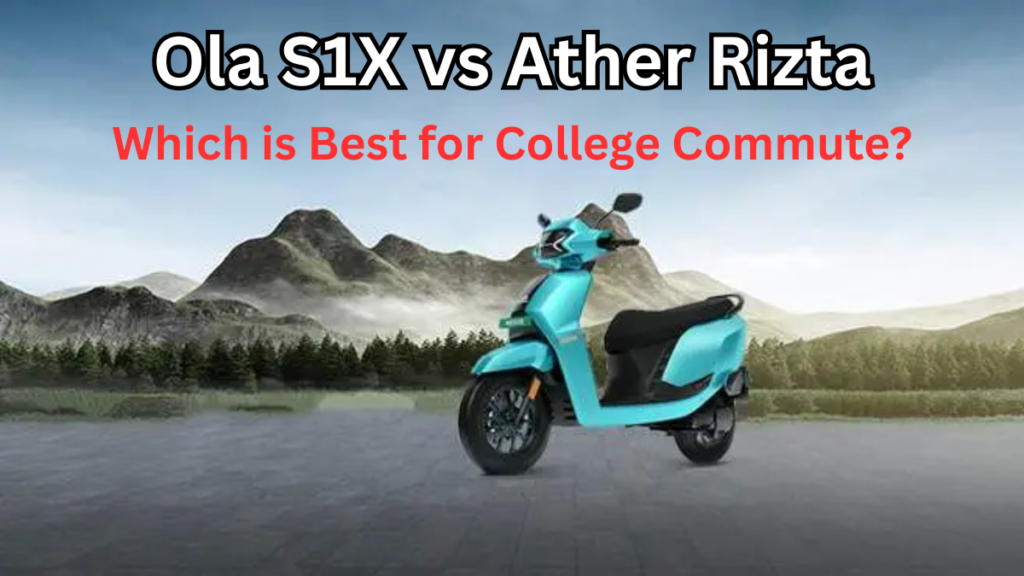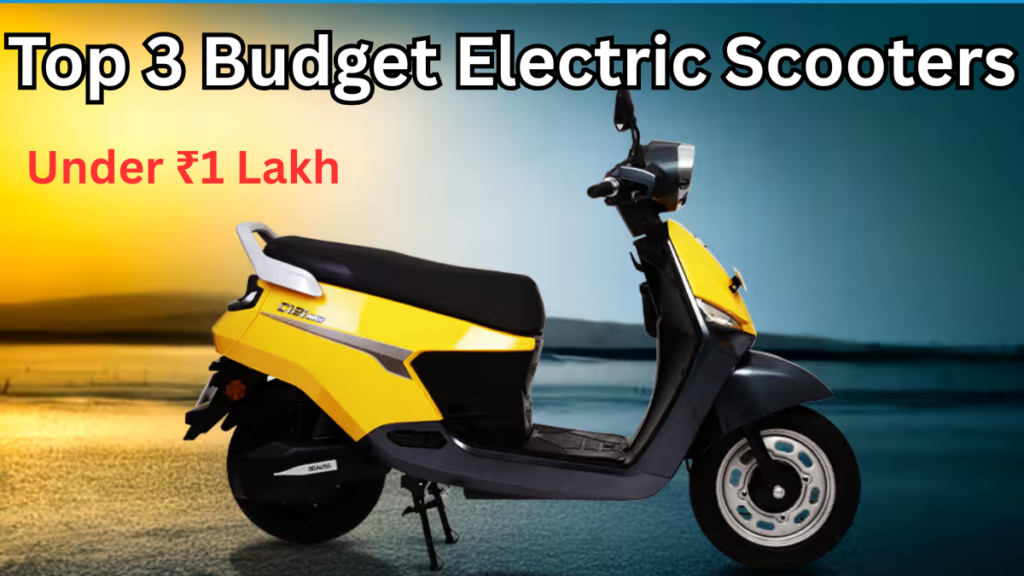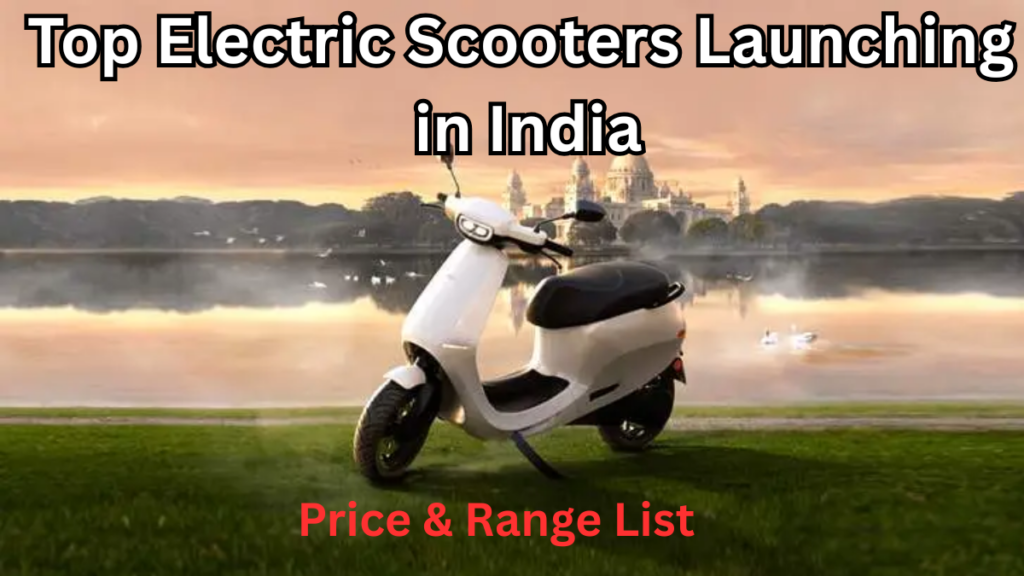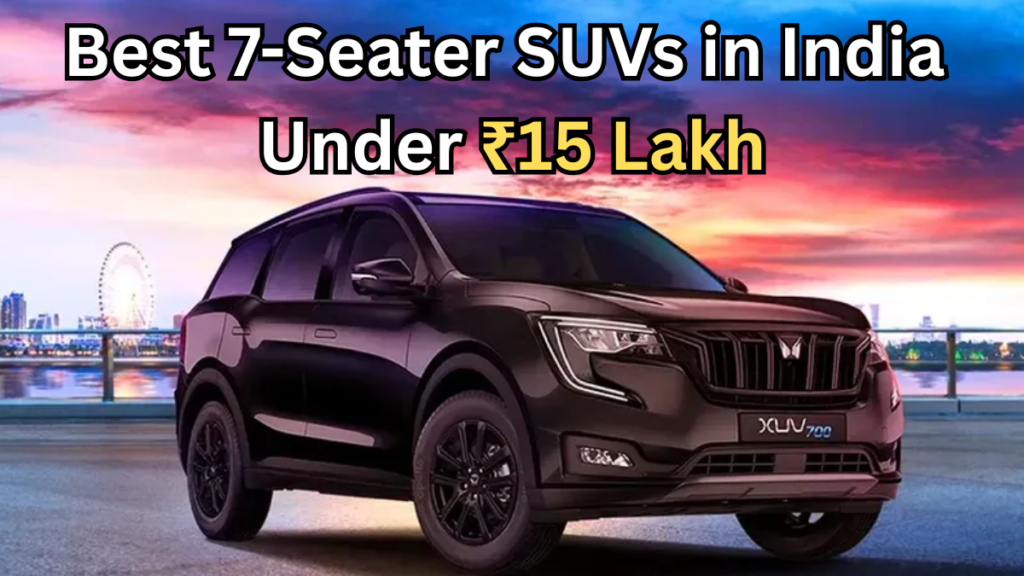India may soon take another bold step in its mission toward a cleaner, greener automotive future. With the likely rollout of BS7 emission norms India 2025, new regulations are expected to reshape car manufacturing, vehicle pricing, and how we perceive emissions.
If you’re a car buyer in 2025, here’s what this pollution rules update means for you.

Table of Contents
What Are BS7 Emission Norms?
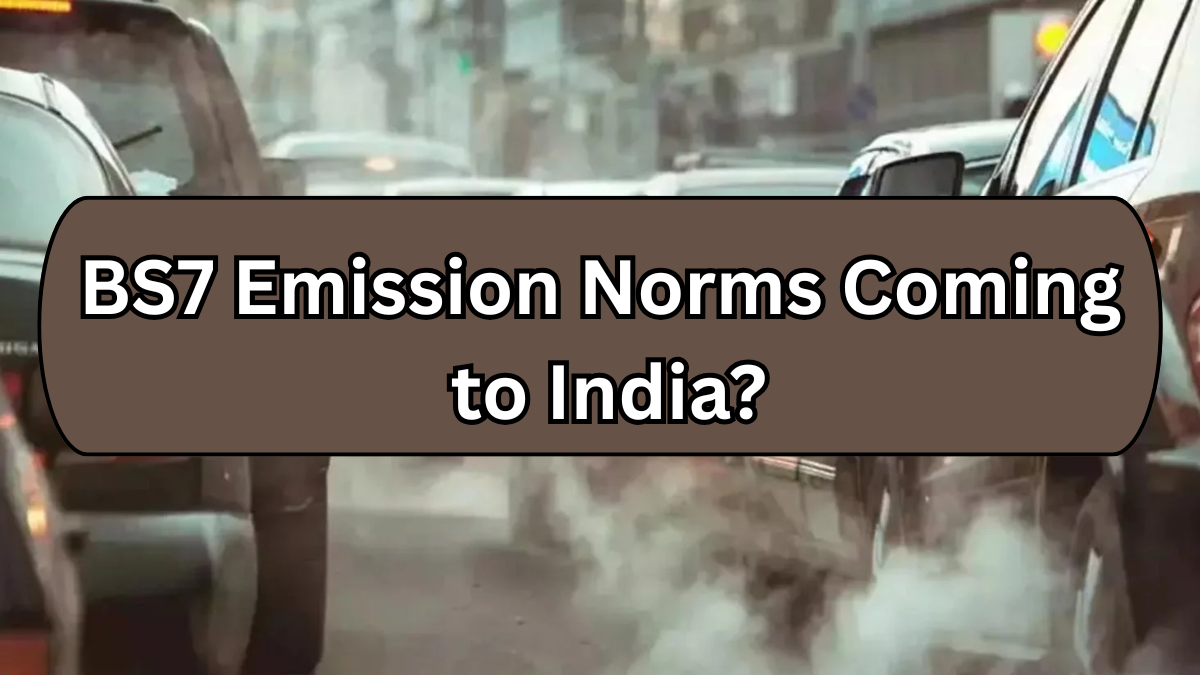
The Bharat Stage (BS) norms are India’s version of emission control standards. Inspired by the European (Euro) norms, each stage brings tighter controls on pollutants emitted by vehicles.
After BS6 was implemented in 2020, BS7 is likely to:
-
Tighten limits on harmful gases like NOx (nitrogen oxides) and PM (particulate matter)
-
Introduce real-time emission tracking
-
Push adoption of hybrid and electric vehicles
Expected Features of BS7 Norms
The upcoming BS7 emission norms India 2025 are expected to introduce multiple technological and regulatory upgrades.
Key Features and What They Mean
Feature |
Impact on Buyers |
|---|---|
Real-Time Emission Monitoring |
Sensors will check emissions while driving |
Stricter NOx and PM Limits |
Cleaner air, better public health |
Boost to EV and Hybrid Cars |
Traditional fuel vehicles may face higher costs |
Smarter On-Board Diagnostics |
Improved engine and emission fault detection |
Why This Pollution Rules Update Matters
The pollution rules update is about more than just regulations. It’s part of a larger effort to:
-
Improve air quality in urban and semi-urban areas
-
Meet global climate and emission benchmarks
-
Encourage automakers to transition to low-emission technologies
Impact on Car Buyers in 2025
For anyone planning to purchase a vehicle in the near future, here’s how BS7 could impact your decision:
Pros
-
Cleaner and more fuel-efficient cars
-
Modern tech features in compliance vehicles
-
Higher resale value for BS7-compliant models
Cons
-
Likely increase in upfront vehicle prices
-
Limited affordable options in the diesel segment
-
Higher maintenance costs due to advanced tech systems
How Carmakers Are Preparing
Both Indian and global auto brands are actively working on BS7-compliant models. We’re already seeing:
-
Prototypes with onboard emission monitors
-
Expansion in hybrid and electric vehicle lineups
-
R&D investment to develop cleaner engines
Should You Wait or Buy Now?
This is a key question for many buyers. Here’s a quick guide:
Buy Now (BS6)
-
Lower vehicle cost
-
Wide model availability
-
Proven technology and performance
Wait for BS7
-
Better long-term environmental compliance
-
Future-proof investment
-
Likely government incentives for greener choices
FAQs
1. What are BS7 emission norms and when are they expected?
BS7 norms are the proposed next phase of emission regulations in India, likely to roll out in 2025. They focus on real-time emission monitoring and stricter pollutant limits.
2. How will BS7 norms affect car prices?
BS7-compliant vehicles are expected to cost more due to added technologies like advanced emission sensors and enhanced diagnostics.
3. Will BS6 vehicles still be valid after BS7 is introduced?
Yes, BS6 vehicles will remain legal and roadworthy even after BS7 norms are implemented. Only new vehicles launched after the cut-off date must comply with BS7.
4. Is it better to wait for BS7-compliant cars or buy a BS6 model now?
If you’re looking for long-term environmental benefits and modern features, waiting may be ideal. But for immediate, budget-friendly options, BS6 cars still make a strong case.
Click here to learn more


